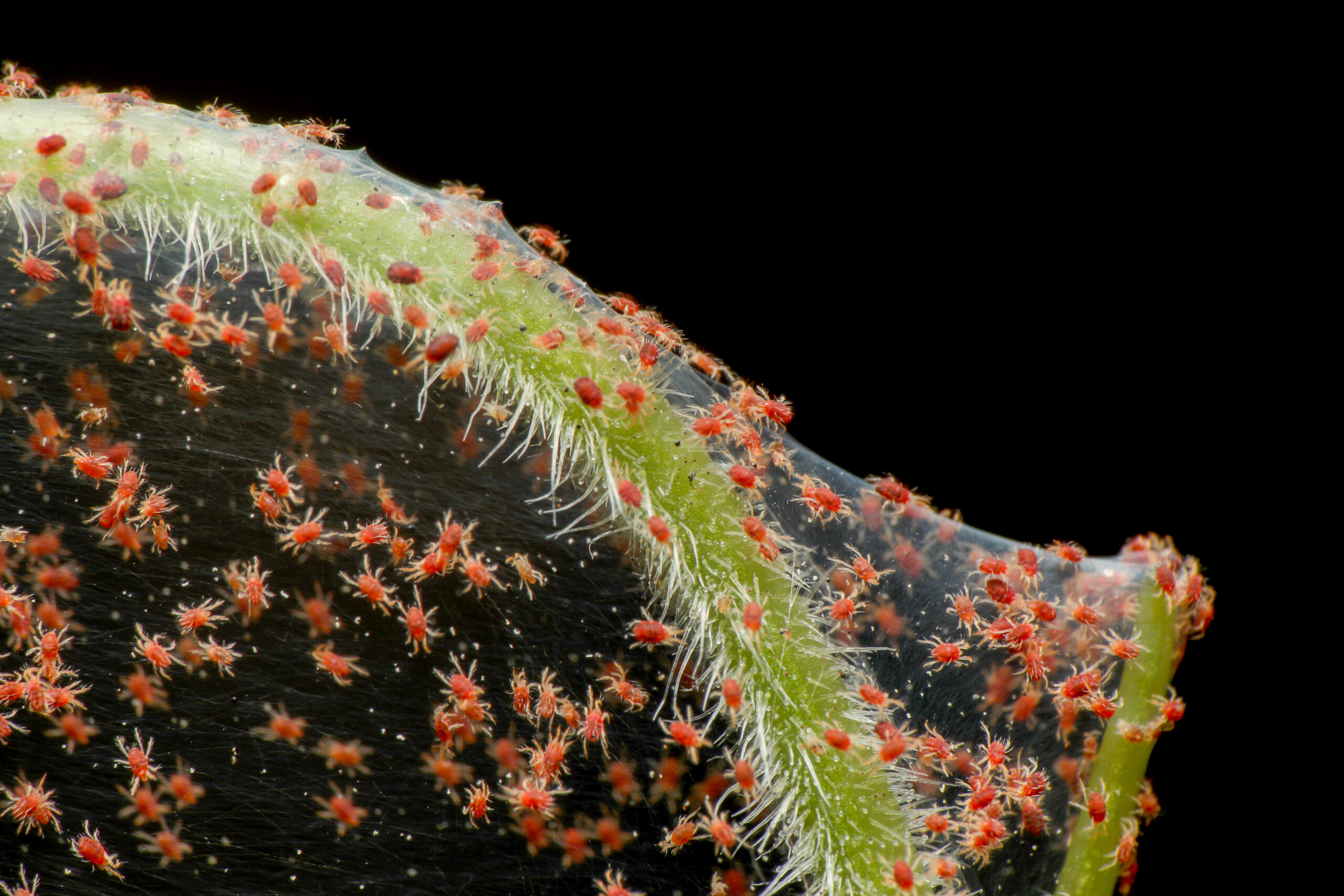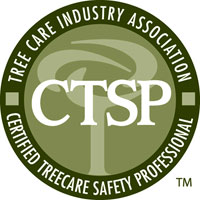Although their name would lead you to believe otherwise, spider mites are not spiders at all. They belong to the arachnid family, and a single spider mite is approximately 1/50th of an inch in length. However, you will not likely see just one spider mite since they operate and reproduce in colonies.
Spider mites need just one to two weeks to reproduce. A female spider mite lays tiny eggs covered by silk webbing on a plant or tree leaf. A single leaf can hold thousands of spider mite eggs. Mature spider mites can emerge from eggs in as little as five days or as long as 20 days, depending on the climate and condition of the leaves or plants where they breed.
Once they hatch, mature spider mites survive by feeding off the juice produced by tree and plant leaves. The two-spotted spider mite is the most common spider mite we see in West Texas. The most common place to find these types of mites is on the underside of a leaf.
How Can You Identify Spider Mites?
Most people notice the protective webs that spider mites create over leaves and plants before they notice the microscopic arachnid itself. Upon further inspection, they may be able to spot a colony of mites that each have eight legs, a yellow and green body color, and a spherical shape.
How to Spot Spider Mite Damage on Plants and Trees
Noticing webbing on the leaves of plants and trees that never existed before is one of the most obvious indications that they may be suffering from a spider mite infestation. You could also notice leaf discoloration, a speckled appearance, or tiny dots that remain on a piece of paper after rubbing a leaf on it. Unfortunately, spider mites can even kill previously healthy houseplants.
How to Protect Your Plants and Trees
Our West Texas landscape is a pretty tough place for trees and other plants to survive. Any time we have trees and/or plants under stress they will be more prone to pest populations and damage. Take a quick look at our above video for some helpful tips on identifying and controlling spider mites in your landscape today.
We encourage you to contact Hildebrandt Tree Tech at the first sign of possible spider mite infestation. Our experienced arborists will help you develop a plant health program that will keep your trees happy and healthy! Call us today at 806-441-7722 or complete our contact request form to learn more about our spider mite treatment.






